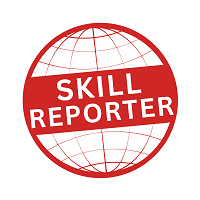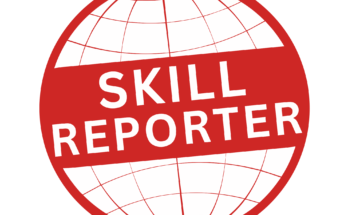Bengaluru : There is a growing manpower shortage in aviation and Aeronautical Society of India tried using the National Aerolympics to overcome it; but only 58 schools of 600 invited turned up for the 2016 edition
Of the 600 schools across India that were invited to participate in the National Aerolympics 2016, just 58 turned up for the two-phased competition meant to encourage students to take up careers in aeronautical engineering, aviation and aerospace fields.
The Aeronautical Society of India (AeSI) – which is organizing the event for class 10, 11 and 12 students for the eleventh time in a row is desperately trying to overcome the shortage, which is being felt more acutely as air passenger traffic is growing by 25 per cent annually.
According to data released by the civil aviation ministry, domestic air travel in the period between January and August 2016 surged 23.14 per cent, recording 644.68 lakh air passengers; while the figure was 523.55 lakh passengers in the corresponding period in 2015.
Civil aviation minister Ashok Gajapathi Raju was on record stating that the growth in air passengers in August had been the highest recorded in the aviation markets globally, which had prompted him to tweet: “Another month of record growth for Indian aviation. August records 24% – highest worldwide.”
However, the minister had also pointed out the manpower shortage problems, calling for stakeholders to urgently address the issue as there was a glaring mismatch between available skills in this sector and the requirement. Even the Indian Air Force and the naval aviation field are critically short of trained manpower.
“Therefore there exists an urgent need to make our youth aware of the aviation field and guide them towards this sector,” AeSI secretary, P Mueen Ahamadulla Khan, said.
The civil aviation ministry earlier this year tasked ICRA Management Consultancy Services Ltd (IMaCS) for a comprehensive skill gap analysis to develop a roadmap.
The firm recommended setting up a National Civil Aviation Training Authority and a Cargo and Ground Handling Sector Skill Council.
However, to win over the youth, their basic interest in this field needs to be kindled; which is what the AeSI is striving for, the National Aerolympics being one of the measures.
The National Aeroolympics
The National Aerolympics 2016 is being conducted in Bengaluru – for the fifth time in a row – in two phases. In phase-one, three-member teams from 58 schools prepared a project report on “Naval Aviation”, guided by a teacher from their respective schools.
AeSI sources said some interesting recommendations like ship-based unmanned aerial aircraft (UAVs) and self-propelled ships (a sea-based counterpart of the UAVs) for the Indian Navy were some of the projects analyzed. These were evaluated by a team of three judges, who were experts in aerospace domain, and marks allotted.
Based on the scores for the project reports, 24 top teams from nine states, including two from Karnataka, one being Christ Junior College, were shortlisted for the Phase 2 competition which commenced on Friday at the HAL Management Academy auditorium. It will continue there on Saturday, before shifting to AeSI auditorium on Sunday where the winners and runners-up of this edition of National Aerolympics will be decided.
Based on the marks obtained by each team, a final list of 10 teams will be finalized. These will present their “Naval Aviation” projects. Their performances will be evaluated by a three-judge panel, after which winners and runners-up will be announced.
The winners and runners-up – including and their guides – are expected to be given passes (among other awards) for the February scheduled Aero India 2017 in Bengaluru.
Note: News shared for public awareness with reference from the information provided at online news portals.



